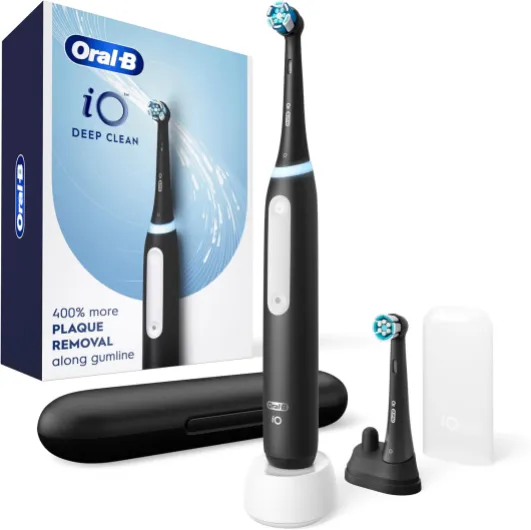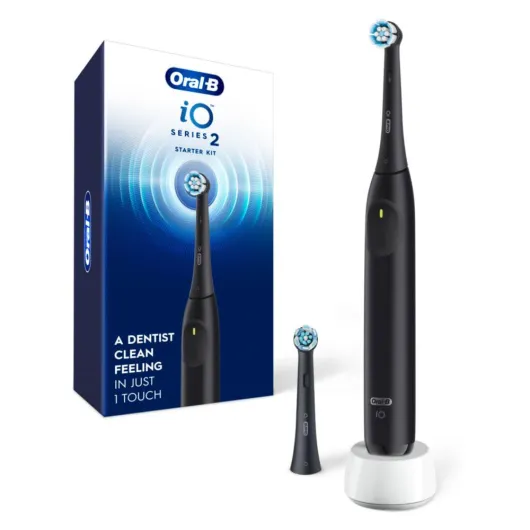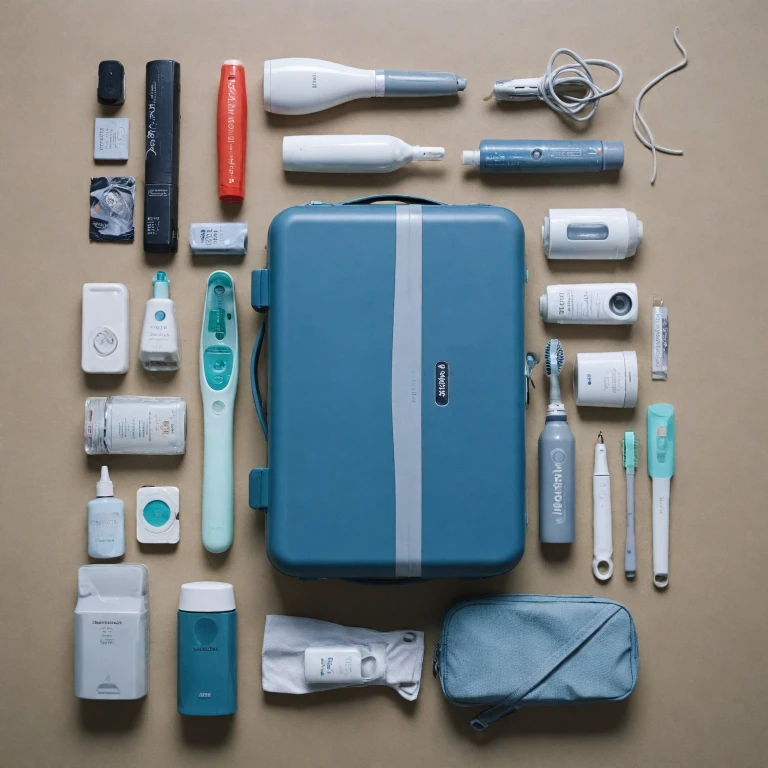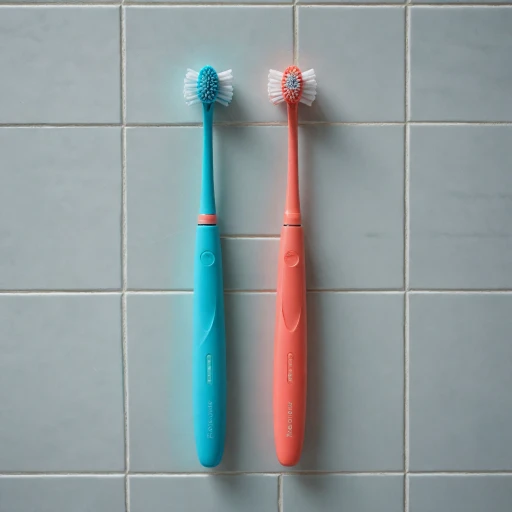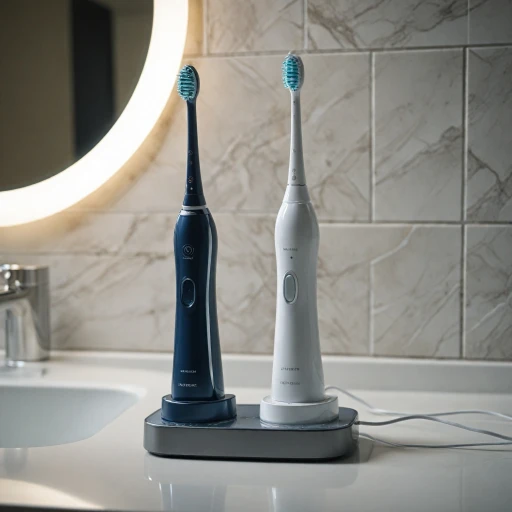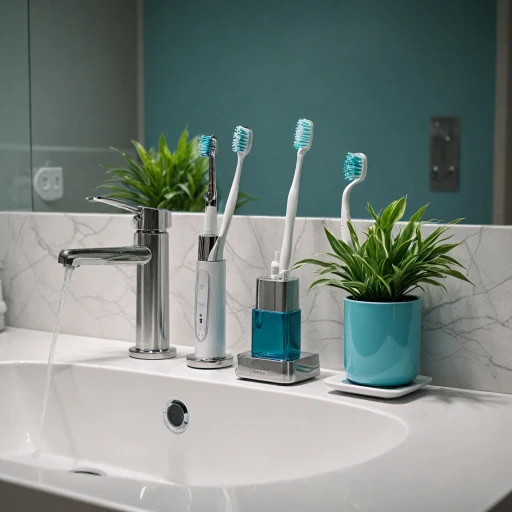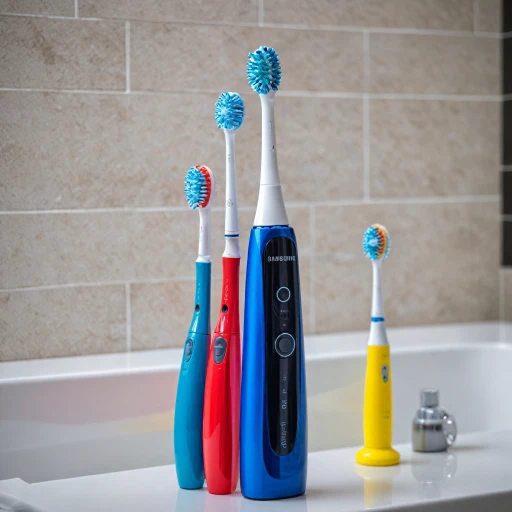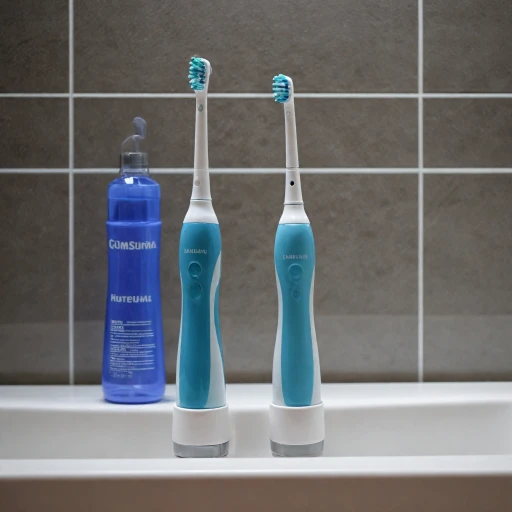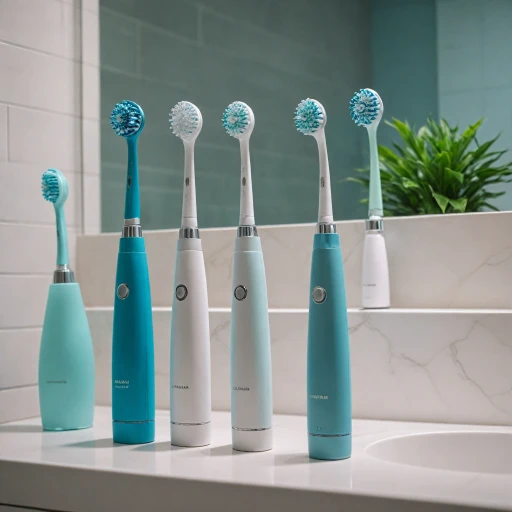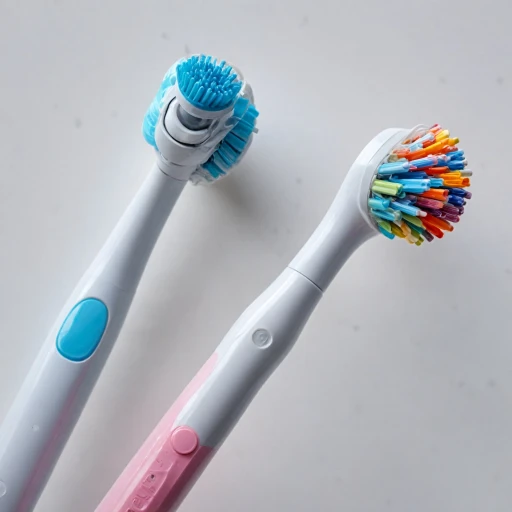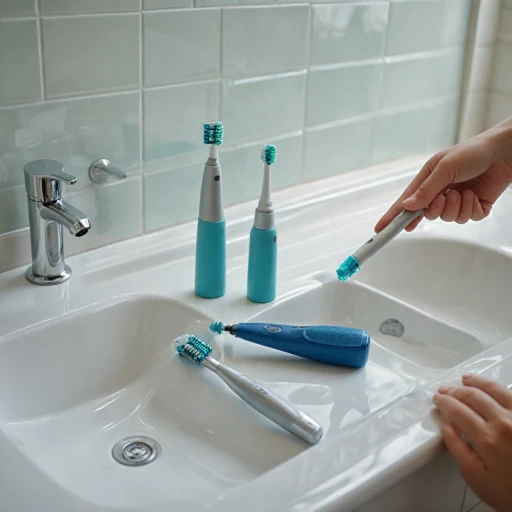
Navigating TSA Guidelines
Navigating Security Regulations for Oral Hygiene Devices
Traveling can be a stressful experience, especially when it comes to understanding what items you can bring in your carry-on or checked baggage, particularly when it comes to electronic devices like electric toothbrushes. The Transportation Security Administration (TSA) has guidelines set in place to help navigate these concerns. Knowing whether your electric toothbrush is allowed can help avoid any unnecessary hassle at airport security. The TSA permits electric toothbrushes in both carry-on and checked bags. However, specific instructions apply if your toothbrush contains lithium ion or lithium metal batteries. Due to security concerns with lithium batteries, the TSA typically requires these devices to be carried in your carry-on baggage. This is to prevent any potential risks associated with checked baggage being exposed to extreme pressures and temperatures. Understanding how to pack your electric toothbrush efficiently can help in smooth passage through the screening process. It’s important to ensure that any battery-operated devices are easily accessible, as TSA officers might require further inspection. This is particularly crucial if your toothbrush uses removable batteries. For more details on what to expect and how to prepare, check the official TSA website or explore comprehensive guides on bringing electric toothbrushes on airplanes. This resource provides insight into various items and any travel restrictions you might encounter with your electronic oral hygiene devices. Be sure to also check with your airline for any additional instructions or regulations related to carrying electronic toothbrushes. Air travel rules can sometimes differ slightly depending on the carrier, so being informed and proactive is key to a stress-free journey.Battery Types and Restrictions
Understanding Battery Types and Their Restrictions
When it comes to traveling with electric toothbrushes, understanding the types of batteries involved is crucial. The Transportation Security Administration (TSA) has specific guidelines regarding batteries, especially lithium ones, which are commonly used in electric toothbrushes. Knowing these can help ensure a smooth journey through airport security.
Electric toothbrushes typically use either lithium-ion or lithium-metal batteries. The TSA allows these batteries in carry-on bags, but there are restrictions when it comes to checked baggage. Lithium-ion batteries are generally permitted in carry-on baggage, provided they are installed in the device. However, spare lithium batteries must be packed in carry-on bags and are not allowed in checked baggage due to potential fire hazards.
For travelers, this means you should always carry your electric toothbrush in your carry-on bag. If you have spare batteries, make sure they are also in your carry-on, following TSA regulations. This not only ensures compliance but also keeps your oral hygiene routine uninterrupted during your travels.
For more detailed information on battery regulations and to find some unmissable deals on electric toothbrushes, you might want to check out additional resources.
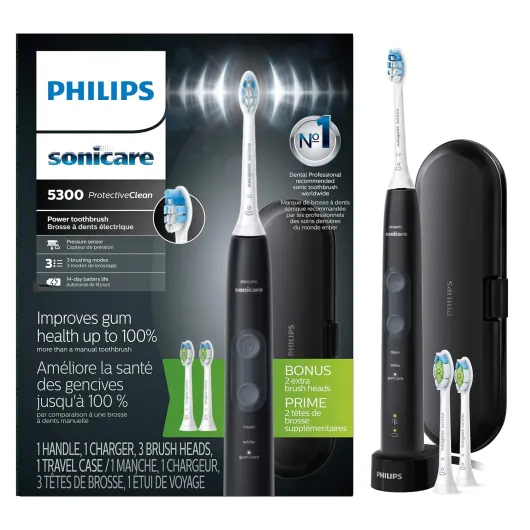
- + Rechargeable for convenience
- + Pressure Sensor to protect gums
- + 3 Cleaning Modes for customized brushing
- + SmarTimer helps ensure proper brushing time
- + QuadPacer encourages even cleaning
Packing Tips for Travelers
Efficient Packing Strategies for Seamless Travel
Packing your electric toothbrush for air travel requires a bit of strategic planning, especially in light of TSA regulations. Whether you're bringing your toothbrush in a carry bag or opting for checked baggage, it's important to ensure your oral hygiene devices are packed smoothly to avoid any delays during the security screening process. For those carrying their devices, including electric toothbrushes, in carry-on bags, the TSA states that lithium ion and lithium metal batteries are generally permitted. However, regulations require these batteries to remain installed in the devices. This means if your electric toothbrush comes with removable batteries, keep them inside the brush to ensure a hassle-free security check. To optimize your packing:- Use a protective travel case for your toothbrush. It not only saves space but also keeps the toothbrush bristles safe from damage.
- Consider securing toothbrush heads in small resealable bags to maintain their cleanliness and order.
- For additional items like chargers, wrap the cords neatly and secure them with a twist tie or a rubber band to avoid tangling.
Common Traveler Concerns
Addressing Frequent Traveler Concerns
When it comes to bringing an electric toothbrush on a plane, many travelers worry about the rules and regulations regarding electronic devices. Here's what you need to know:- Battery Concerns: Many travelers often ask whether lithium ion batteries are allowed in their carry bags. Fortunately, lithium batteries used in electric toothbrushes are typically considered safe for travel, as long as they adhere to TSA guidelines.
- Security Screening: During the security screening process, your electric toothbrush should pass through without issues. However, placing it in an easily accessible part of your carry bag can help speed up the security check.
- Checked Baggage Considerations: While toothbrush plane usage is generally fine with lithium batteries in carry baggage, be cautious when placing them in checked bags. Some airlines have specific guidelines for lithium metal and ion batteries in checked baggage to ensure safety.
- Checking Airline Policies: Before packing your electric toothbrush, it's wise to check the specific airline's regulations. They may offer special instructions on carrying electronic devices, which can help avoid any unpleasant surprises at the airport.
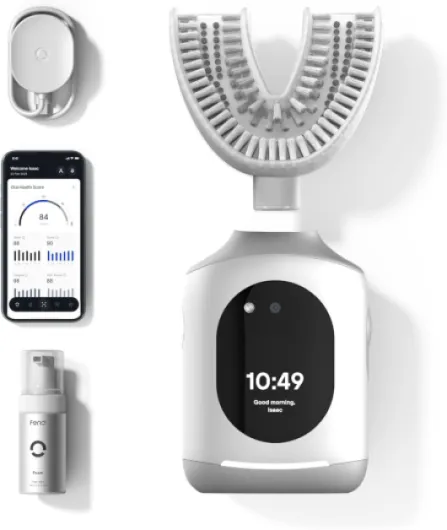
- + AI-Powered for personalized cleaning
- + Oscillating technology for effective plaque removal
- + 20-Second Deep Clean feature
- + Rechargeable for convenience
- + Includes 1 Bottle of Feno Foam Toothpaste Starter Kit
Alternatives and Solutions
Exploring Options for Airline Travel with Electric Toothbrushes
When considering traveling with your electric toothbrush, you might be wondering about alternative solutions to manage any battery restrictions imposed by airlines or TSA guidelines. It's no secret that lithium ion batteries offer great convenience but pose unique challenges when traveling. To navigate these challenges effectively, keep the following points in mind:- Invest in Airline-Compliant Models: Consider purchasing electric toothbrushes designed to comply with airline regulations, eliminating any concerns about being denied at security or check-in.
- Spare Battery Considerations: If you decide to bring additional batteries, ensure they align with TSA-approved standards. Opt for models with removable batteries if you want to carry spares without hassle.
- Manual Toothbrush Backup: Packing a small, manual toothbrush could offer peace of mind should your electric model be flagged or if battery concerns arise during travel. Quite simply, it's a lightweight backup option.
- Stay Informed: Regularly check airline and TSA guidelines before you travel, as regulations related to electronic devices can change. Staying updated ensures a smoother passage through security checks.
